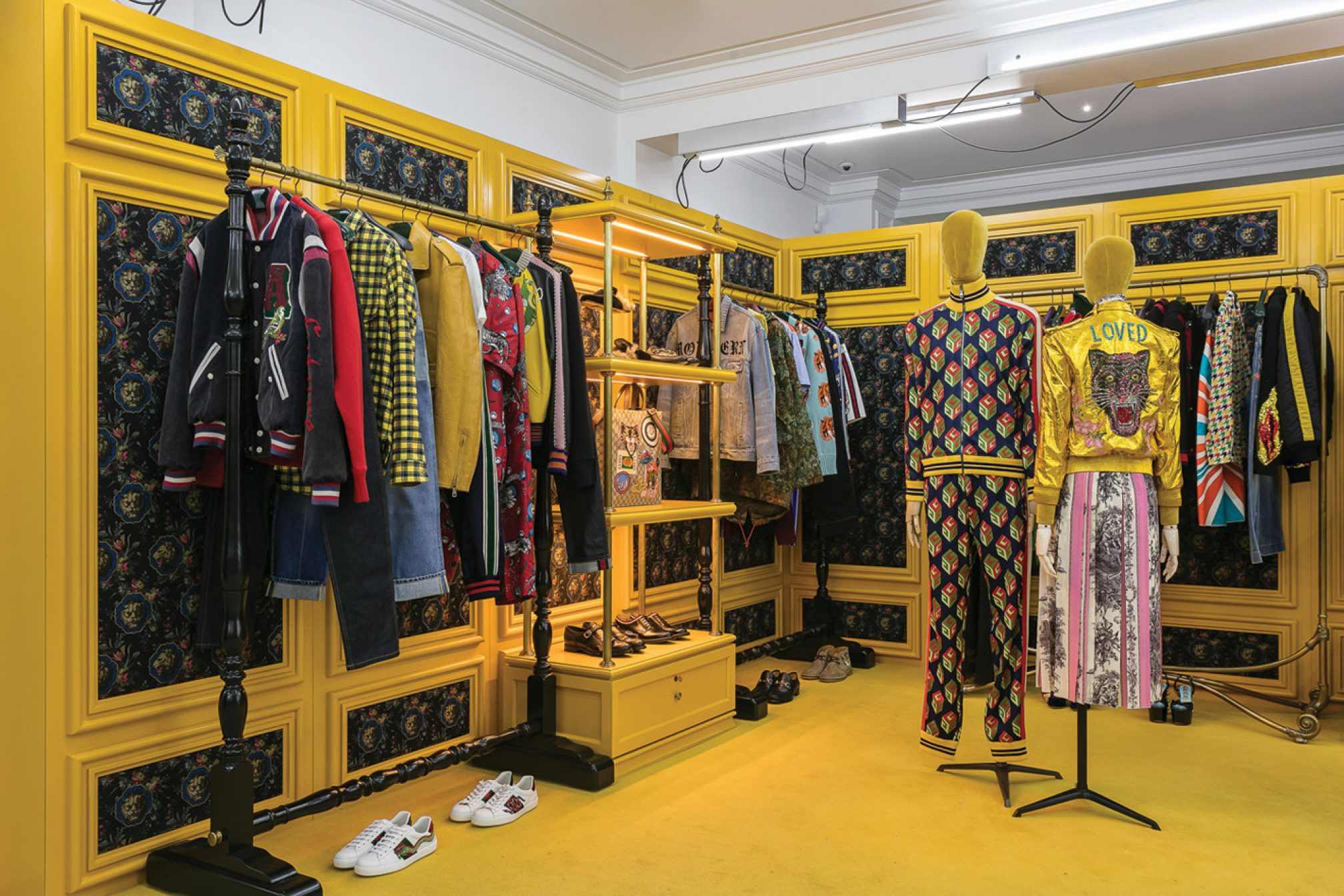
London's Dover Street Market is the fashion spot mixing luxury with the unknown
We chronicle the rise of the outlet as it opens yet another store
In March 2016, Dover Street Market moved from the eponymously named street in London’s Mayfair to Haymarket near Piccadilly Circus. If you’re not familiar with the area, just two minutes up the road is a branch of Tiger Tiger. Yet apart from literally the worst club in the world and Her Majesty’s Theatre (the long-term home of The Phantom of the Opera), there is little else around. In other words, this isn’t a part of town you’d expect to find a store that stocks some of the world’s most expensive and coveted brands. Think Vetements, Gucci, Dior, Gosha Rubchinskiy – the list goes on. Relocating your shop to what’s been called a retail dead zone? That takes guts. But herein lies the magic of DSM: not really giving a flying fuck. Doing the opposite of what should work, and somehow making it work anyway.
Founded in 2004 by Rei Kawakubo and Adrian Joffe of Comme des Garçons, the couple threw out the rulebook on what luxury stores should look like. Gone was the glow of warm, welcoming lighting; in its place an industrial aesthetic (think lots of concrete) and a place where the pair could sell their designs alongside those of their peers, nurturing and supporting emerging talent at the same time.
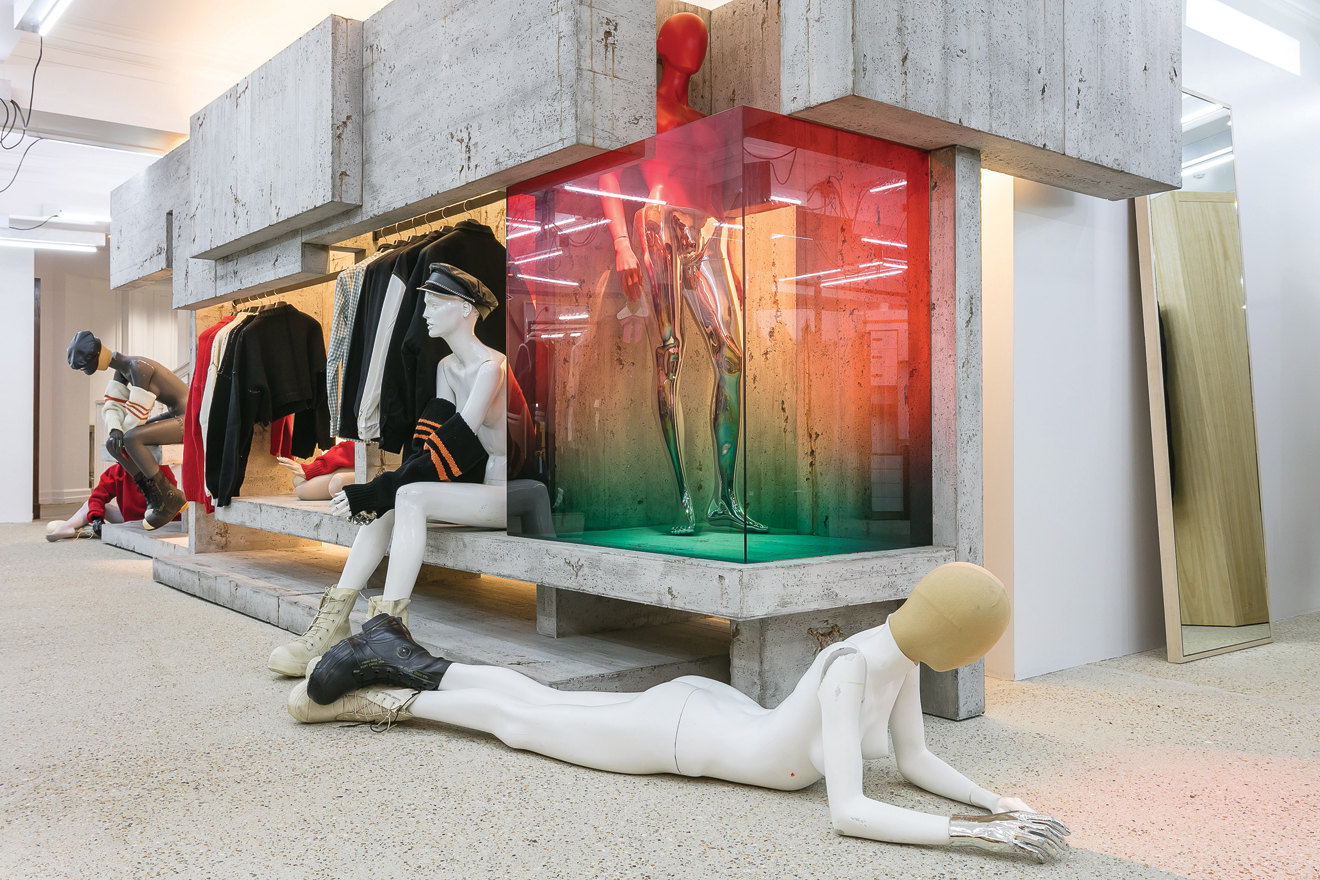
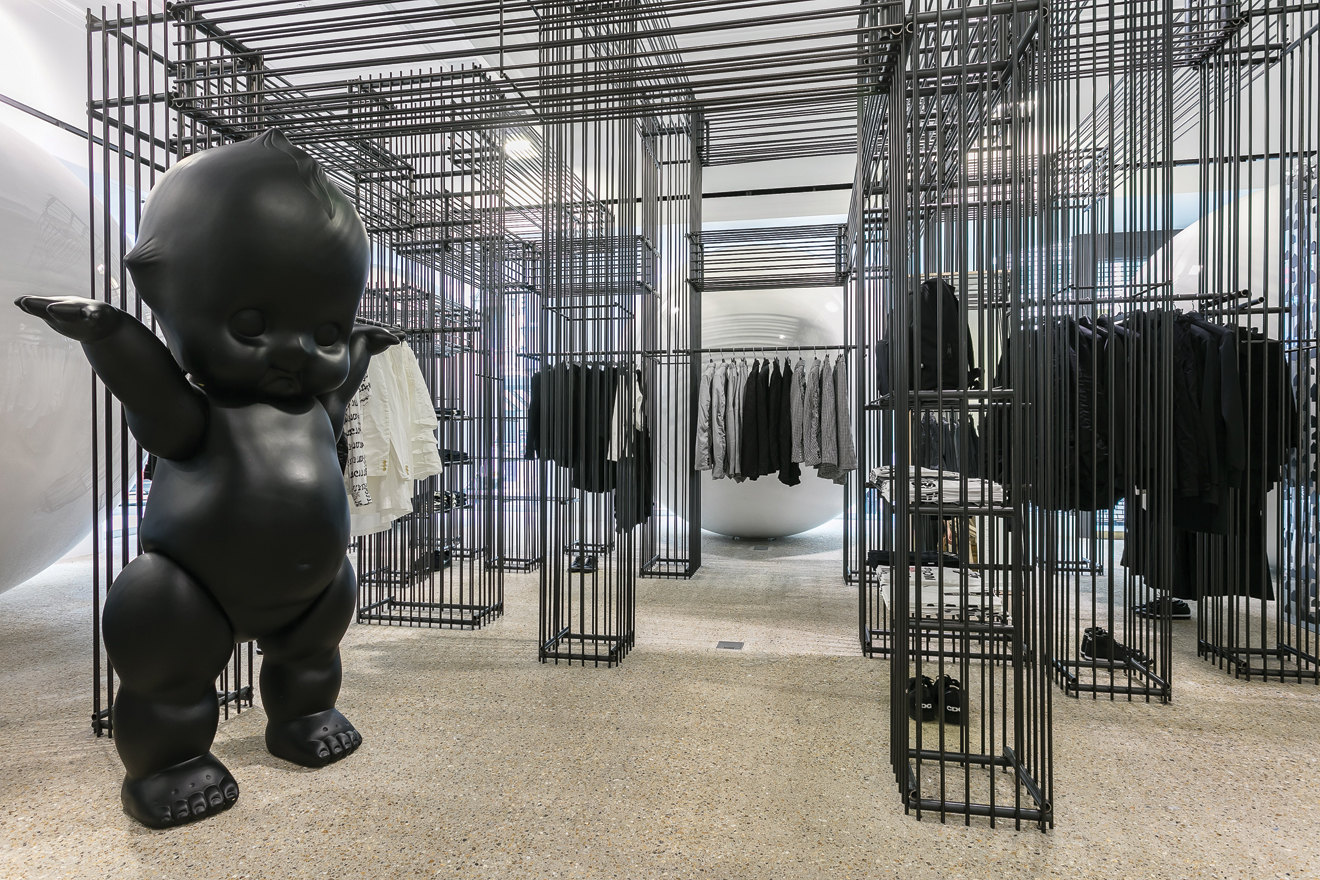
Kawakubo had two words for how she wanted the discombobulating shopping experience to feel: ‘beautiful chaos’. The phrase epitomises the visionary nature of DSM, a place where people from different worlds come together to shop side by side. A place where you’re as likely to find a Gucci handbag as Gosha Rubchinskiy fanboys queuing overnight to get their hands on the Russian designer’s latest Adidas collab.
Financially, however, DSM was a risk. The store took years to start paying off: “In the beginning, no-one understood it,” Joffe told the Financial Times last year. He credits a 2007 Vogue article, which called DSM ‘the best shop in the world’, as the catalyst for their change in fortune, but shoppers and industry experts alike recognised the brilliance of mixing luxury brands with the relatively unknown. “We always wanted both,” said Joffe. “We wanted that clash, that unexpected synergy that happens between things.”
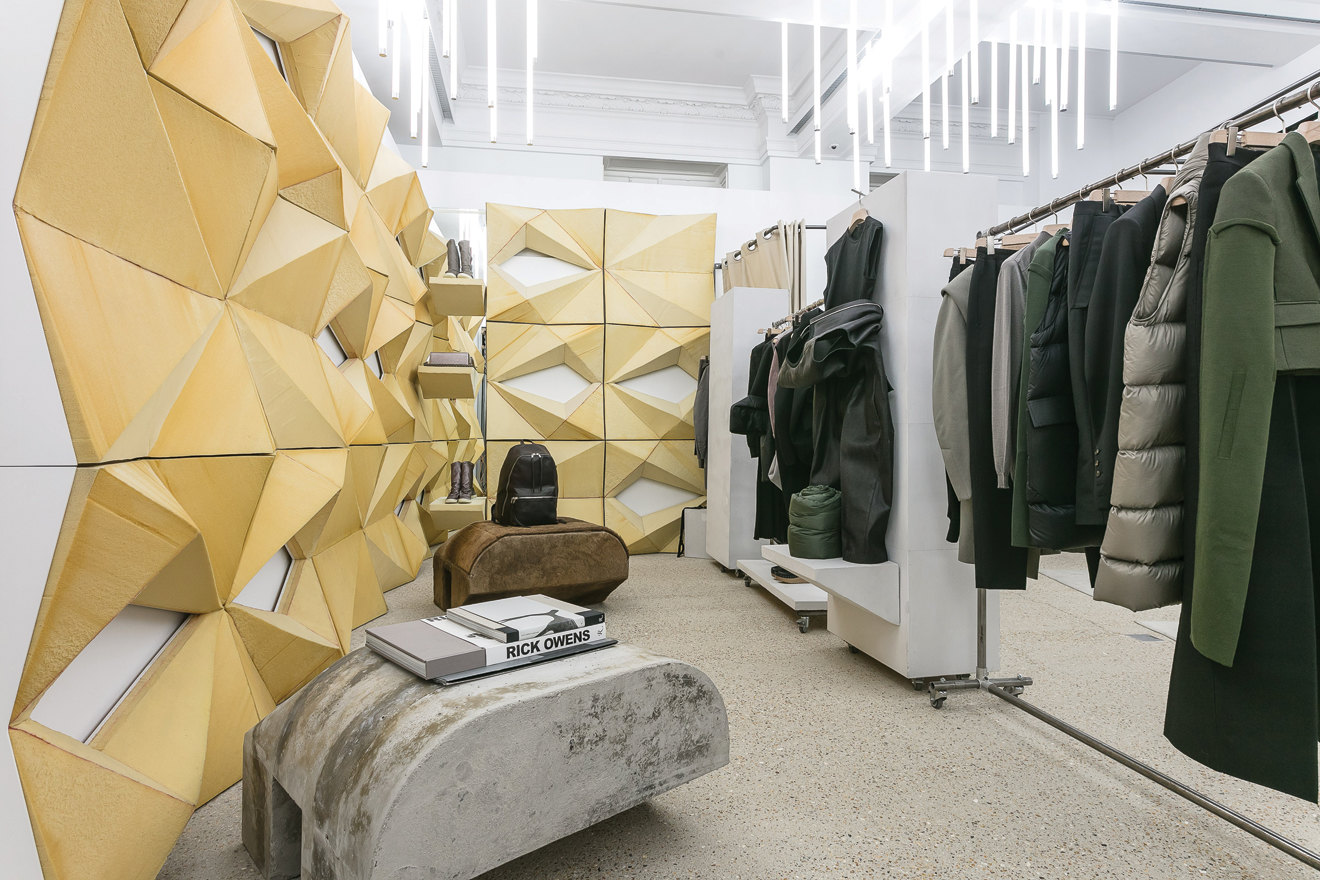
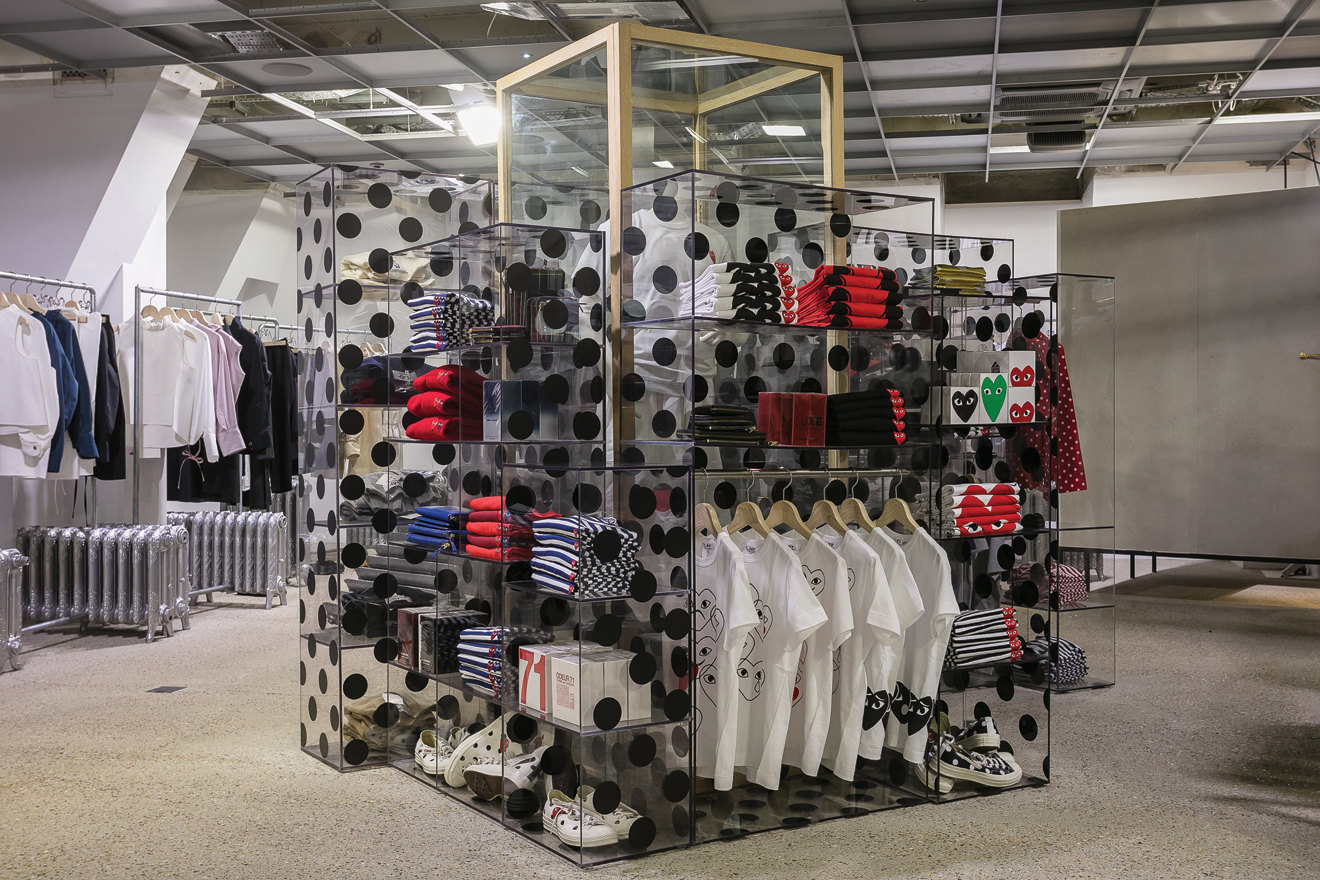
Fast-forward 13 years and you can now find DSM stores in Tokyo, New York, China and from next year Los Angeles, while revenues for the London store stood at £23 million in 2016. But what is it exactly that makes DSM so special? Sure, it closes twice a year for a three-day refit to regularly swap out collections, meaning every six months your experience of the store is completely different. Yet ask anyone with even a mild interest in fashion and they’ll say the same thing: DSM is about more than simply shopping. Rather than renting out the spaces, the store takes a commission, so different areas don’t become isolated islands fighting for customer’s attention across 31,000 square feet. Each designer is encouraged to decorate their own area within the store, while notorious art duo Jake and Dinos Chapman, graphic artist Jamie Reid and set designer Gary Card have contributed to display windows.
As Dreamland Syndicate, a Polish label currently on rotation in store, puts it: ‘Dover Street is kind of a bridge between high and low brow art, and mixing the two is a fairly new phenomenon in the fashion industry.’
The result is a rare, almost unheard-of equality, where fairly new skate labels such as Palace are given as much importance as near 100-year-old brands like Gucci. Can’t afford Comme des Garçons? Doesn’t matter; swerve the high-end for a £30 scarf and walk out feeling like you’ve truly experienced a ‘concept store’ and, well, actually enjoyed it.
Louise Donovan is a freelance journalist who's written for Vice, i-D and ShortList magazine


